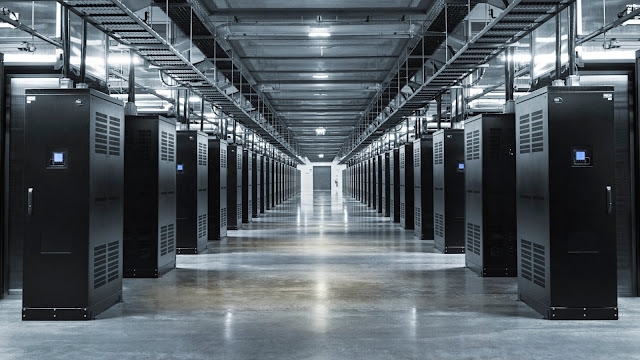Synthetic Aperture Radar Market Overview, Growth, Trends And Forecast 2022-2028
 |
| Synthetic Aperture Radar Market |
Synthetic Aperture Radar is a sort of radar that may provide
two-dimensional images or three-dimensional reconstructions of objects,
including landscapes. SAR exploits the motion of the radar antenna over the
target area to provide better spatial resolution than traditional beam-scanning
radars. An important driver fueling Synthetic Aperture Radar Market expansion is the increase in satellite
launches and continuous technological developments in synthetic aperture
radars, as well as the increase in ongoing space programmes for environmental
disasters and earth monitoring.
The main drivers fueling the market include rising need for
SAR systems to combat terrorist activities, growth in demand for technologies
offering situational awareness, and rise in the deployment of space-based
radars. Radars for unmanned aerial vehicles (UAVs) and combat vehicles are also
becoming smaller and more automated, and dual-band synthetic aperture radar
development is also on the rise.
Development activities in the market will further create new
opportunities for Synthetic
Aperture Radar Market in the forecast period However, increase in the
development cost for the primary factor limiting market expansion is synthetic
aperture radar, while additional considerations include government bandwidth
restrictions and the high development costs of SAR brought on by frequent
modification. The market in the forecast period mentioned above.
Competitive Landscape
Some of the major companies in the Synthetic Aperture Radar Market throughout the world are Airbus
Defence and Space, Lockheed Martin, Israel Aerospace Industries (IAI), Thales,
Northrop Grumman, SSTL, MDA Information Systems, Raytheon, and Sandia National
Laboratories.
Synthetic Aperture Radar Market Trends
Increasing Demand: SAR technology has been witnessing growing
demand across various sectors, including defense and security, agriculture,
forestry, infrastructure monitoring, and disaster management. The ability of
SAR systems to provide high-resolution imaging and all-weather, day-and-night
capabilities has contributed to their increasing adoption.
Miniaturization and Cost Reduction: There has been a trend toward miniaturization
and cost reduction in SAR systems, making them more accessible and affordable.
Advances in technology have led to the development of smaller and lighter SAR
platforms, including micro-SAR and mini-SAR, expanding their applications in
areas such as unmanned aerial vehicles (UAVs) and small satellites.
Advanced Imaging Capabilities: Synthetic
Aperture Radar Market continually improving their imaging capabilities.
High-resolution imaging, enhanced image processing techniques, and the
integration of SAR with other imaging technologies (such as optical imagery)
have enabled more accurate and detailed data collection for a wide range of
applications.
Integration of Artificial Intelligence: Artificial intelligence (AI) and machine
learning (ML) techniques are increasingly being integrated into SAR systems to
enhance data analysis, image interpretation, and automated target recognition.
AI algorithms can improve SAR image quality, reduce noise, and automate the
extraction of valuable information from SAR data.



Comments
Post a Comment